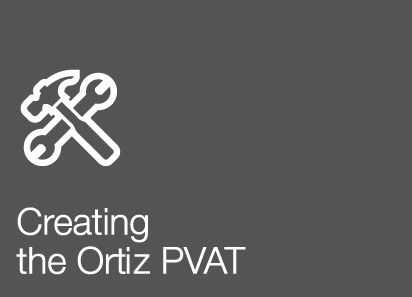Author's Preface |
There is an inherent problem facing practitioners and test publishers that accompanies the continued growth and expansion of the cultural and linguistic diversity in the U.S., especially in light of the estimated 350+ different languages spoken in various communities around the country (U.S. Census Bureau, 2015). On one hand, there is a need to meet specific requirements for maintaining and establishing fairness as related to various aspects of tests, testing, and test use—all of which are fundamentally related to the issue of validity (AERA, APA, & NCME, 2014). Likewise, for school-aged children suspected of having a disability, legal mandates (e.g., the Individuals with Disabilities Education Act; IDEA, 2004) contain similar requirements for ensuring that assessments and evaluation materials are used for valid and reliable purposes, as well as administered in the form most likely to yield accurate information. The importance of construct validity as related to fairness is further reinforced by specific references to considerations that involve limited English proficiency, cultural factors, and the individual’s native language. Meeting any one of these standards for fairness is a daunting task in and of itself that is further compounded by the limited availability of tools in languages other than English, most of which are in Spanish only. When Spanish is removed from the equation, the options available to practitioners for tests in any of the remaining 349+ languages become severely limited or are altogether non-existent. And when the issue of construct validity is considered, particularly in light of the fact that even Spanish-language tests fail to accommodate the difference between monolingual speakers from Spanish-speaking countries vs. bilingual speakers residing in the U.S., then suddenly there is virtually no option left for selecting a test that meets the prevailing requirements for fairness (as predicated upon validity), regardless of an individual’s heritage language.
Part of the problem lies in the fact that most attempts at fairness have historically revolved around the notion of native-language test development. Despite the intuitive appeal, the idea lacks practical merit because, apart from failing to recognize that English learners in the U.S. are unlikely to have had any type of native-language education, English learners are bilingual, not monolingual, and possess varying levels of proficiency in each language as a function of the relative amount of exposure and education in each. Even if differences in native-language proficiency and length of education were accounted for, such a test would lack relevance to instructional need in English which is, for better or worse, the only language in which academic success in U.S. public schools is measured. In addition, there is little economic sense in attempting to create hundreds of different language versions of the same test and then expecting individual practitioners or agencies (e.g., school districts) to purchase that many variations of the same instrument.
Based on these considerations (as well as several others), the Ortiz PVAT was designed from the outset in a manner that addresses construct validity and incorporates two new aspects of fairness: accessibility and universal design. Accomplishing this task required taking a new approach to test development that included attention to only one language that serves as a common metric for measuring all English speakers. Obviously, that language is English and remains so, irrespective of whether or not the examinee is a native English speaker. This decision also created the need for dual, independent normative samples representative of both native English speakers and English learners, given the varying levels of English proficiency within and across both groups. Finally, to provide a basis for true peer comparisons for English learners, stratification had to move beyond the typical variables to include relative differences in exposure to English. By focusing on vocabulary acquisition in English only, the Ortiz PVAT becomes a test that is accessible by any individual regardless of their heritage language, not only because English serves as the universal measurement standard for everyone, but also because of inclusion of a wide range of world languages and speakers with varying fluency in the English Learner normative sample. Moreover, while unsuitable for diagnostic purposes, use of the native English Speaker norms does permit determination of any individual’s current instructional level and educational needs. The Ortiz PVAT exemplifies universal design from very early childhood to adulthood by embracing technology that allows independent and user-assisted administration, options for using a mouse or touchscreen device, presentation of real, high-definition images, and automatic determination of basal, ceiling, and scored results. Finally, by controlling for differential amounts of English exposure, the Ortiz PVAT becomes the first test with continuous norms that yield valid data suitable for making diagnostic decisions and inferences regarding English vocabulary acquisition, general language development, and growth in both native English speakers and English learners. As such, we expect the Ortiz PVAT to not only be a harbinger of future test development, but also a valuable addition to the assessment repertoire of any practitioner and for any evaluation.
Samuel O. Ortiz, Ph.D. Professor of Psychology New York, NY





